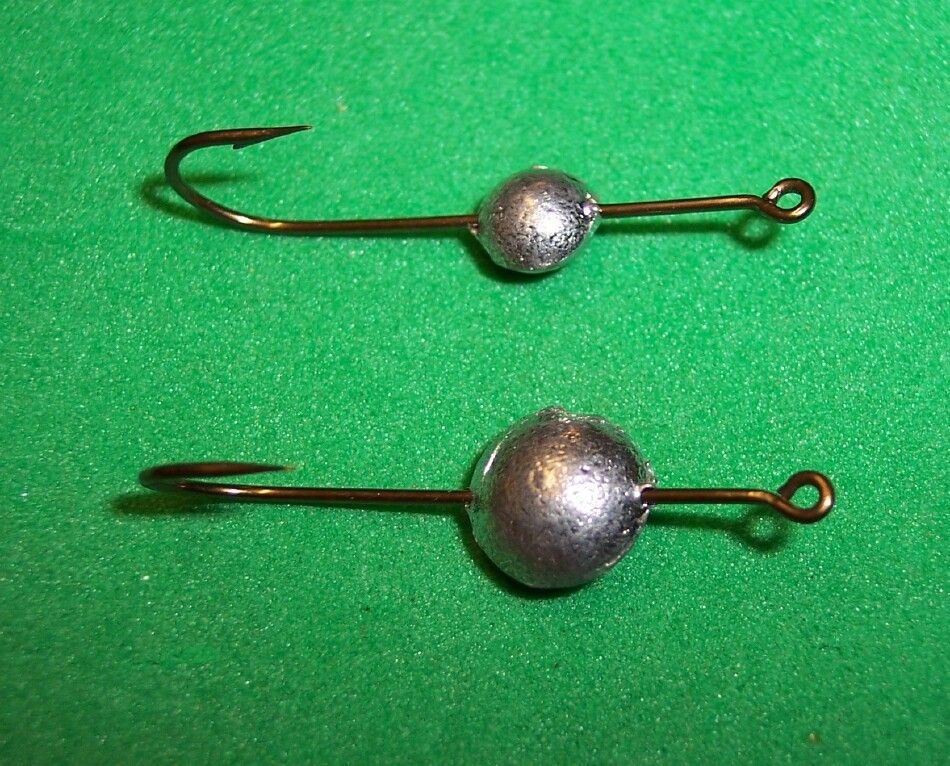wthorpe
Well-known member
I almost learned to tie flies about 10 years ago, but gave it up. Now, I am back at it. I have many questions. Here are some of the more pressing ones at the moment:
1. I am having problems with the body turning on the hook shank, I think only when I try to tie on lead or lead substitute. I have made up to ten turns of fine lead or substitute wire and really focused on pushing the tied lead (or sub) into the back of a bead. Is there a trick to securing the weighting that I might be missing?
2. When flies are sold commercially, especially bead-headed nymphs and small streamers, are they ever / typically sold with weight wrapped underneath?
3. What combos of beaded; brass, copper, tungsten; wrapped weight on fly underbody; both beaded and weighted; and neither beaded nor weighted do folks typically tie? Would you typically use less weight for say a dropper behind a hopper or other dry and more wt for deeper nymphing? If you use a variety of these combos how do you keep straight which is which in a fly box? What is the advantage/disadvantage to weighting the fly itself as opposed to using weight on the leader?
1. I am having problems with the body turning on the hook shank, I think only when I try to tie on lead or lead substitute. I have made up to ten turns of fine lead or substitute wire and really focused on pushing the tied lead (or sub) into the back of a bead. Is there a trick to securing the weighting that I might be missing?
2. When flies are sold commercially, especially bead-headed nymphs and small streamers, are they ever / typically sold with weight wrapped underneath?
3. What combos of beaded; brass, copper, tungsten; wrapped weight on fly underbody; both beaded and weighted; and neither beaded nor weighted do folks typically tie? Would you typically use less weight for say a dropper behind a hopper or other dry and more wt for deeper nymphing? If you use a variety of these combos how do you keep straight which is which in a fly box? What is the advantage/disadvantage to weighting the fly itself as opposed to using weight on the leader?

